
If you sell products—online or in-store—you've probably heard of the term "SKU Number." But what exactly is it? How can it help you manage your inventory better?
In this guide, we’ll break down what an SKU number is, how to find or look one up, how to create one, and, most importantly, how to use it effectively in your business.
SKU stands for Stock Keeping Unit. It is a unique alphanumeric code assigned to a product and its variations, like size, colour, or model. Businesses use SKUs for different purposes, such as:
Unlike barcodes (which are universal), sellers create and customize SKUs. They are internal tools that make managing inventory levels easier.

Many consumers interchange UPCs and SKUs. However, small business owners and warehouse staff members managing inventory should know the difference.
A UPC or Universal Product Code is a 12-digit barcode used for scanning products at checkout. As mentioned, UPC barcodes are universal and recognized globally. Each number is assigned by GS1 (Global Standards One) and is used by all retailers selling the same product.
On the other hand, an SKU, as mentioned earlier, is a unique number created by the seller to track inventory internally. Each business can design its own SKU system based on product attributes like type, size, or brand.
In short:
Both can exist on the same product, but they serve different purposes.
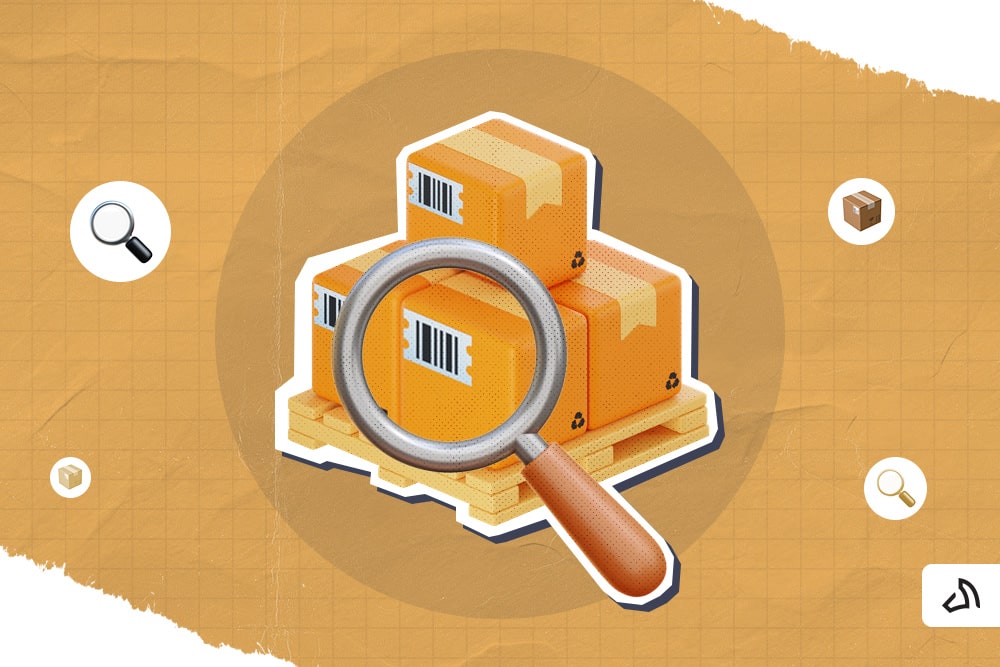
Are you looking for the SKU data on a product? Here are the most common places to check:
Many retailers include SKU numbers in the product description or specifications section of their product pages. This includes different SKUs for variations like size or colour. It is especially common on eCommerce websites like Amazon, Best Buy, or Walmart.
SKU numbers are often printed on product tags, packaging, or labels, especially in retail. You can find it near the barcode, pricing information, or other product details.
If you're a business owner, there are two options for you to list SKUs for every item in your catalogue.
In addition, platforms like Shopify, WooCommerce, and QuickBooks Commerce all support SKU tracking.
If you’re a business owner, your POS (Point-of-Sale) or SKU management system will list SKUs for every item in your catalogue. Platforms like Shopify, WooCommerce, and QuickBooks Commerce all support SKU tracking.
There are tools and databases online (some with a built-in generator) that allow you to search for SKUs based on product details. While these aren't always 100% reliable, they can still help if you're stuck.
If you can’t find the SKU on your own, you can just contact the manufacturer directly. They can give you the exact SKU number tied to the item in their inventory.
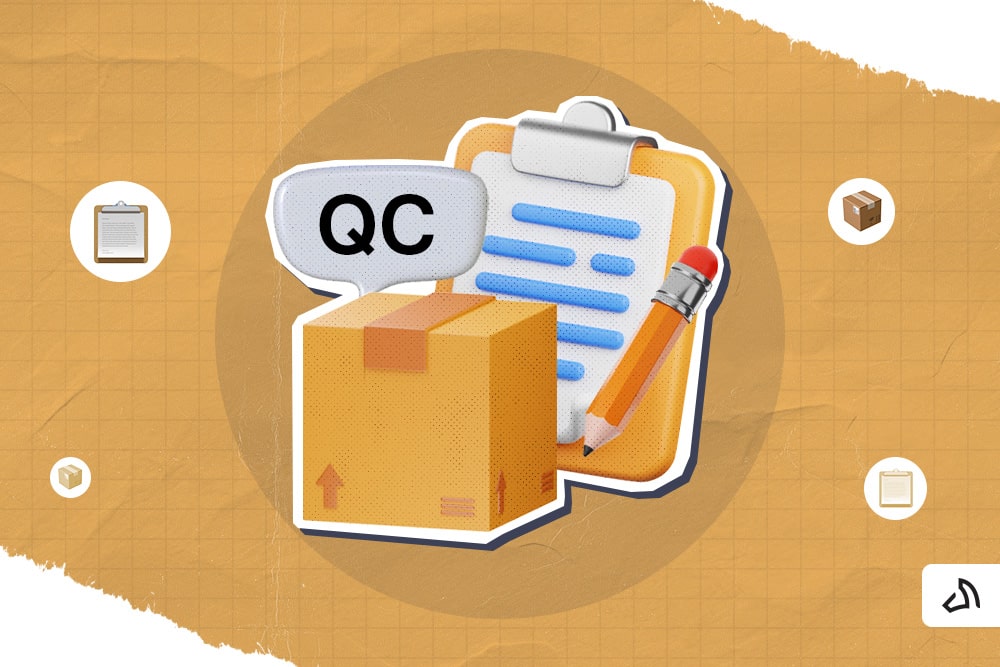
Creating a unique SKU number is one of the best things you can do to keep your inventory organized. You can either do it manually or use software.
The manual method involves developing a structured SKU format using abbreviations or codes. This represents key product attributes such as category, brand, colour, and size.
For example: TSH-NIKE-BLK-M
It stands for:
A well-organized SKU system improves inventory visibility, supports faster product identification, and helps automate reorder points by linking SKUs to real-time product availability and sales velocity.
If you have a large product catalogue, integrate an automated SKU generator into your eCommerce or inventory platform. It can significantly streamline your operations. These tools generate SKU numbers based on predefined rules, ensuring each specific product is uniquely identified.
With SKU numbers explained clearly through a consistent format, it becomes much easier to:
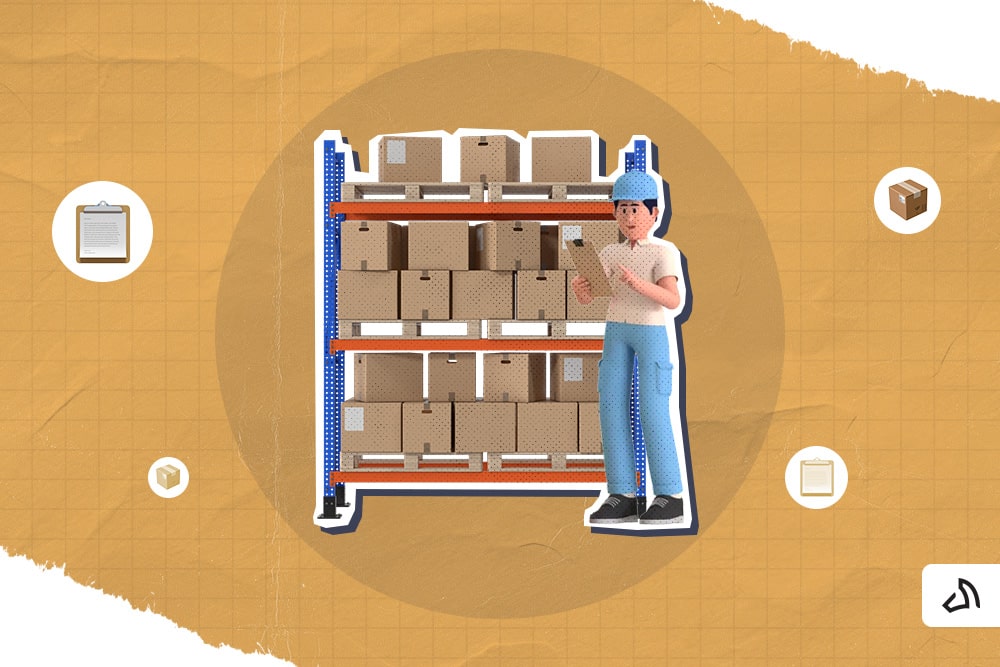
Once you’ve got your SKUs in place, here’s how to make the most of them:
Use a format that includes key item details like type, brand, colour, and size. Creating clear SKU numbers to track these attributes makes your system easy to read, short, and consistent.
For example, if you are a retail store selling a men's medium blue Adidas hoodie, you can create an SKU like:
HOOD-ADID-BLU-M
Every product variation, like different sizes or colours, should have its unique SKU. Managing the right number of SKUs helps you avoid mix-ups and track items accurately.
For example, if you sell a dress in 3 sizes (Small, Medium, Large) and 2 colours (Black, White), you'll need 6 SKUs like these:
This ensures each specific variation is accounted for in your inventory system.
Enter your SKUs into your inventory or POS system. You can easily track stock levels, identify popular items by their item number, and streamline restocking.
For example, HOOD-NIKE-GRY-M is the item number for your best-selling grey Nike hoodie in medium. It's easier for you to review its performance and reorder it before the stock runs out.
SKUs reduce picking and packing errors by clearly identifying each product. It's easier to track product movement through your system. Your warehouse team will surely thank you!
Simply put:
Having separate SKUs like MUG-RED-12OZ and MUG-BLU-16OZ ensures the staff picks and ships the correct item every time.
With SKUs, you can generate detailed reports on product performance. You can find out what's selling fast, what needs restocking, and which items might need a promo boost.
For example:
Your SKU report shows that 'SHOE-NIKE-BLK-9' is consistently selling out. Meanwhile, 'SHOE-ADID-GRN-8' has barely moved. Therefore, you'll know to reorder the popular size and consider discounting or promoting the slower-moving item.
Without proper SKU training, staff may misread item codes, leading to costly errors like shipping the wrong size or colour. Staff may accidentally grab a HOOD-BLK-M instead of the HOOD-BLK-L item. This can automatically frustrate customers and create unnecessary returns.
Training your team to read and utilize SKUs correctly helps:
In addition, it empowers sales and support teams to reference exact items confidently. Without it, businesses risk lower operations, inaccurate stock records, and poor customer experiences.
SKUs are more than just product codes. They are essential tools for managing business efficiently. From organizing your inventory to simplifying your operations, using SKUs the right way can save time, reduce errors and support business growth.
Managing SKUs is just the first step. Getting those products into your customer's hands is where the real magic happens. But you don't have to worry because Stallion can help you.
We specialize in fast, reliable, and cost-effective order fulfillment that takes the stress out of shipping. Our goal is to make shipping simple. It doesn't matter whether you're sending products across Canada, into the US, or beyond.
Our 3PL fulfillment services are perfect for growing eCommerce businesses. Once your SKUs are organized and entered into your system, we handle the rest, from pick and pack to last-mile delivery.
We offer real-time tracking, discounted carrier rates, and integrations with platforms like Shopify, WooCommerce, and Amazon.
Focus on what you do best—growing your brand and selling more products. Let Stallion take care of the shipping, so you can scale with confidence.
Start shipping smarter with Stallion today.
Aman looks after the content marketing department at Stallion Express. He is passionate about helping businesses grow by providing informative and up-to-date trends in the eCommerce industry. Outside the office, you can find him on the soccer field cheering on Real Madrid.
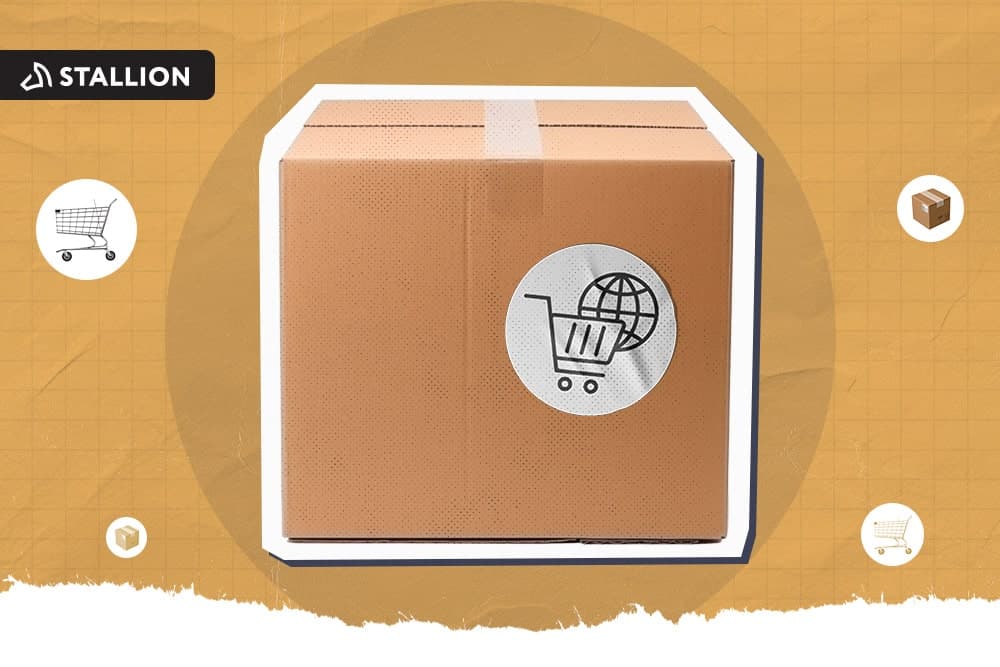
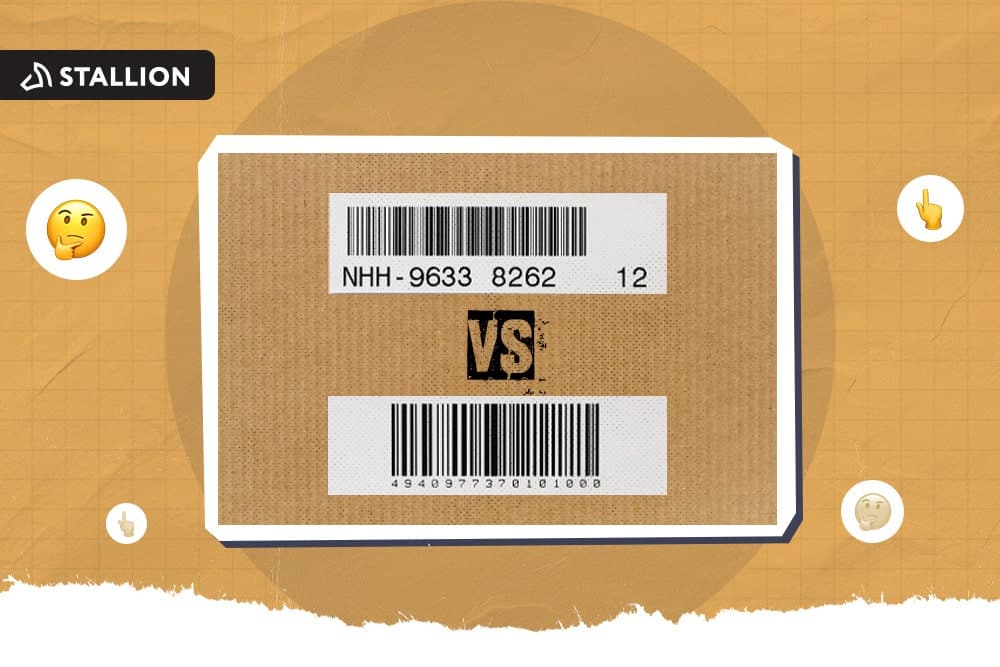
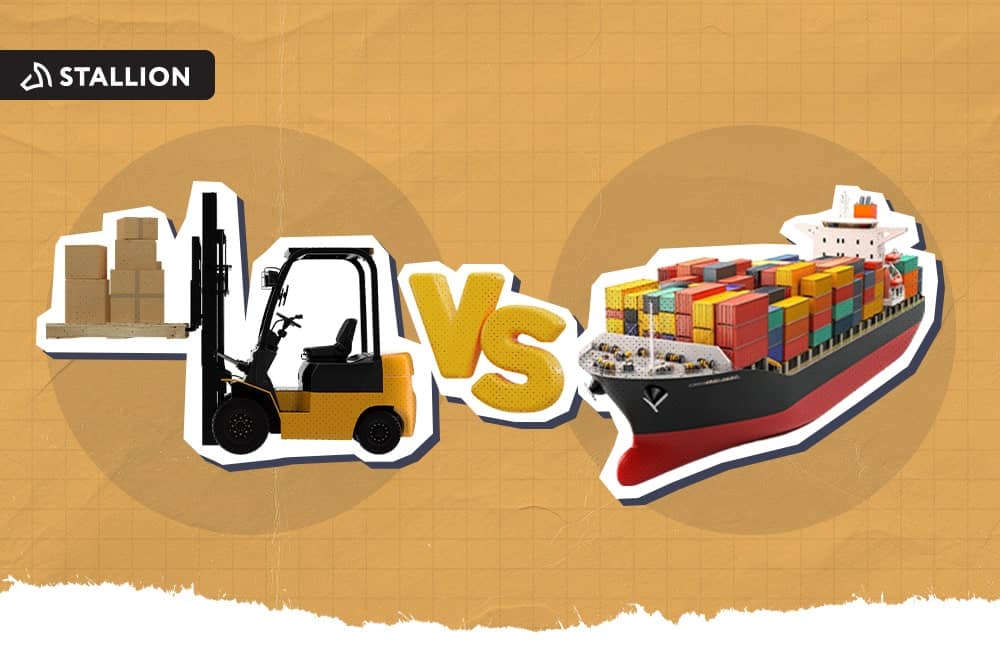
Can our fellow Torontonians relate?
-
#smallbusiness #business #entrepreneur #socialmedia #shipping #ecommerce #canadianecommerce #shopify #poshmark #b2b #saas #etsy #ebay #canada #canadiansmallbusiness #shoplocalcanada #entrepreneur
#toronto

Here’s your quick hassle free shipping from 🇨🇦 to 🇺🇸 as a business owner!
-
Any questions?! Leave them 👇🏻 and save this video so you don’t forget!
-
#smallbusiness #business #entrepreneur #socialmedia #shipping #ecommerce #canadianecommerce #shopify #poshmark #b2b #saas #etsy #ebay #canada #canadiansmallbusiness #shoplocalcanada #entrepreneur

Meet @drinkbenny a 🇨🇦 female founded energy drink brand! Instead of focusing on their products, they’re taking a unique approach by hosting in person events in different Canadian cities to offer an experience for their community 🧡
-
What are your thoughts on in person events? 💭
-
#smallbusiness #business #entrepreneur #socialmedia #shipping #ecommerce #canadianecommerce #shopify #poshmark #b2b #saas #etsy #ebay #canada #canadiansmallbusiness #shoplocalcanada #entrepreneur

Do you know the difference between DDU and DDP when shipping internationally 🌏 ?
-
Questions? Leave them below! 👇🏻
-
#smallbusiness #business #entrepreneur #socialmedia #shipping #ecommerce #canadianecommerce #shopify #poshmark #b2b #saas #etsy #ebay #canada #canadiansmallbusiness #shoplocalcanada #entrepreneur

Here’s a quick hack to save time from choosing multiple postage options
↪️ Turn on the lowest postage rate automation to save you time!
-
Questions? Leave them below! 👇🏻
-
#smallbusiness #business #entrepreneur #socialmedia #shipping #ecommerce #canadianecommerce #shopify #poshmark #b2b #saas #etsy #ebay #canada #canadiansmallbusiness #shoplocalcanada #entrepreneur
